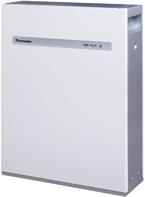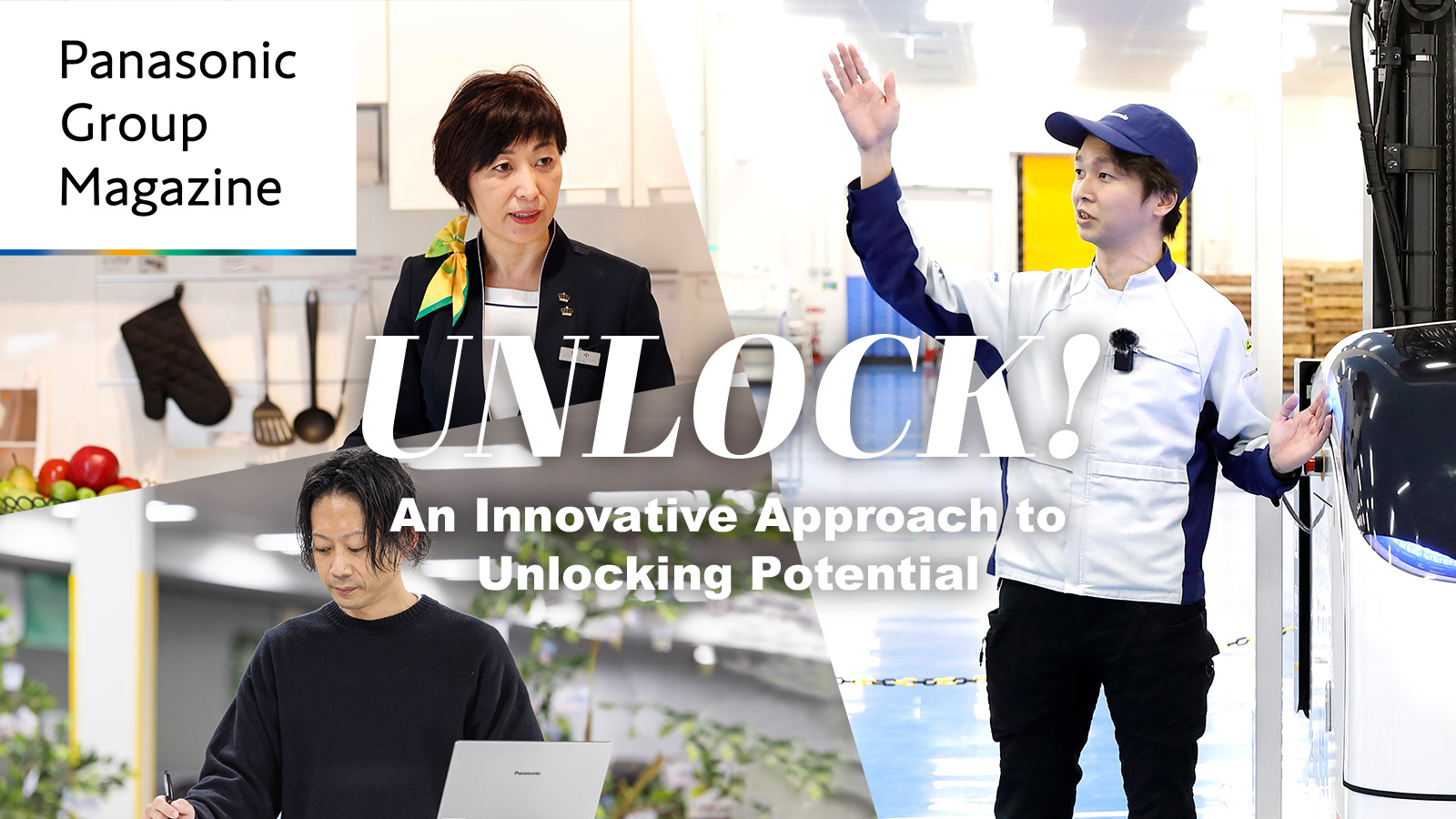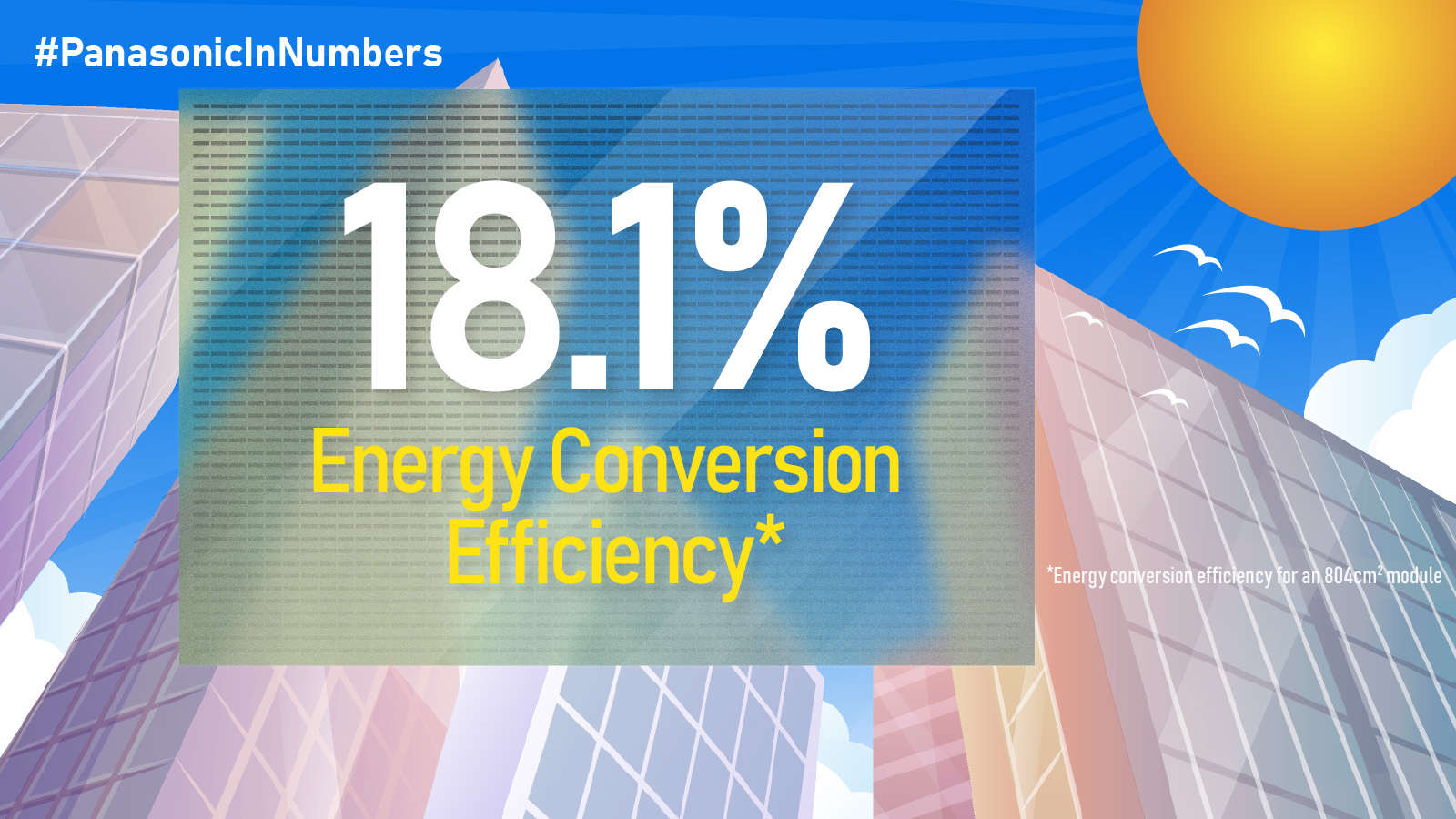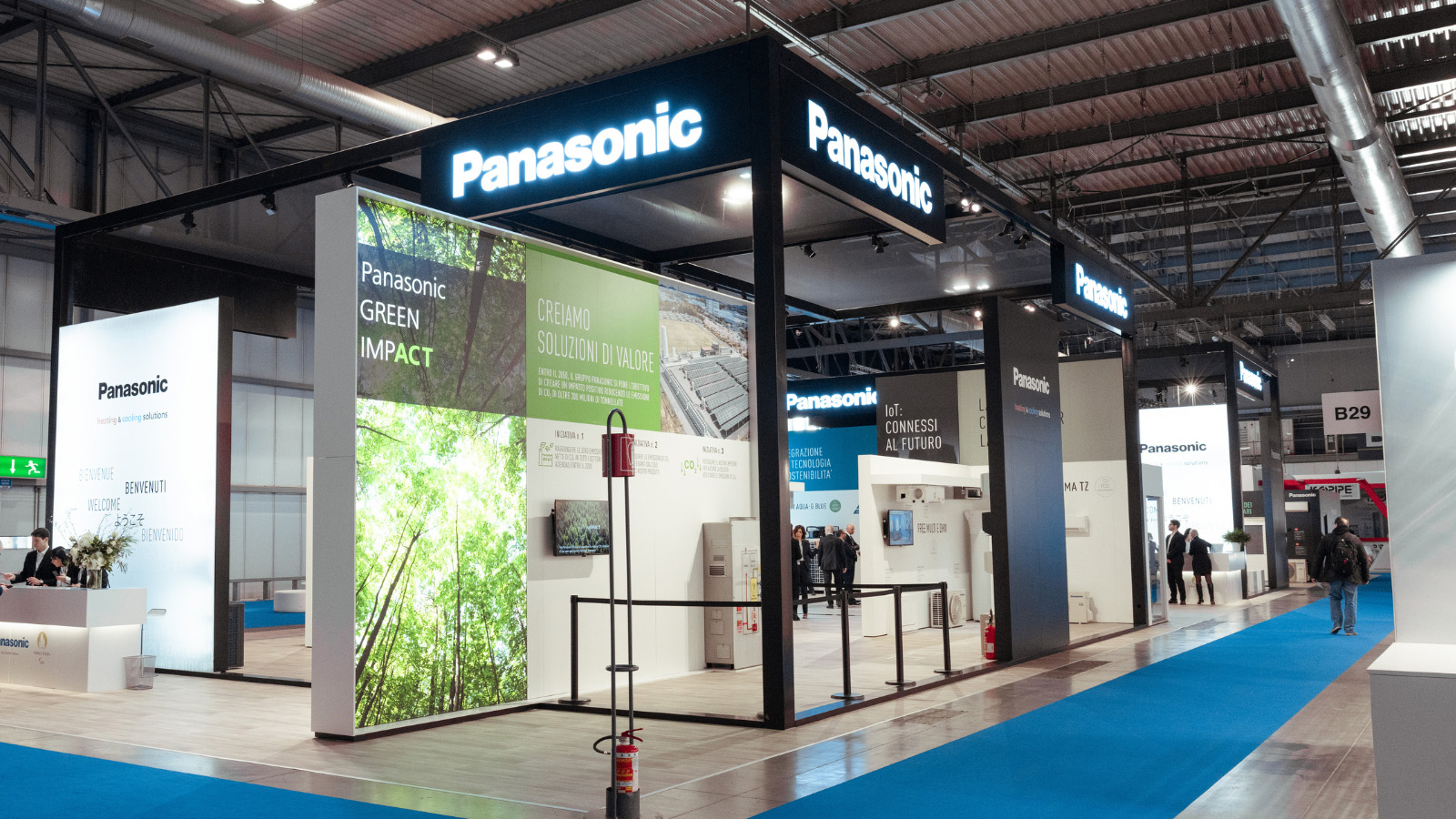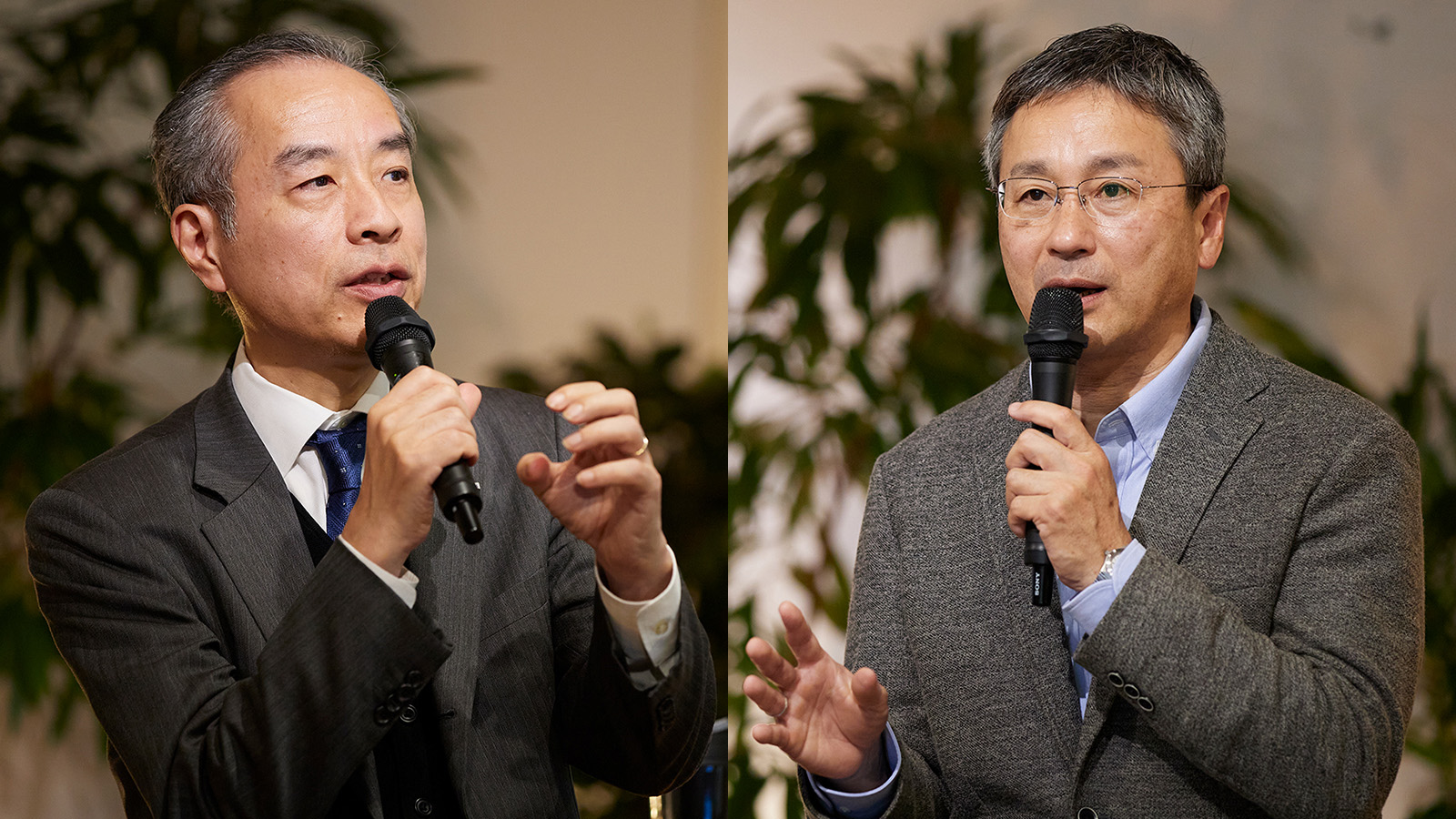Feb 23, 2012
Press Release
Panasonic to Start Accepting Orders for Energy Creation-storage Linked System for Home
Osaka, Japan - Panasonic Corporation today announced it will start taking orders for its "Energy Creation-storage Linked System for Home" from March 21 in Japan. The system integrates Panasonic's solar cells and lithium-ion storage battery unit using its newly-developed Power Station to enable effective use of electricity in normal circumstances as well as during power outages.
The March 11 earthquake last year raised public awareness about energy in Japan. For instance, people are more interested in the use of storage batteries for backup in case of blackout, and ways to conserve energy to reduce dependence on grid power supplies and generate sufficient energy for household use by solar or other means.
A storage battery alone cannot be recharged once the stored energy is used up during a power outage. A solar energy generation system alone may not be able to maintain stable power supply because they do not work at night and its power generating ability is affected by weather conditions even in the daytime. This Energy Creation-storage Linked System for Home consists of Panasonic's newly developed Power Station(*1) which integrates the power conditioner functions of a solar cell and a storage battery. This configuration enables to provide electricity generated from sunlight in the daytime and allows any surplus electricity to charge the battery repeatedly. The electricity stored in the storage battery helps stabilize power supply during the day and makes it available at night as well.
In addition, with this system, users can continue using their electric equipment without the need of re-plugging them into an electric outlet during blackouts. All they have to do is choose the equipment they need in case of a power failure - for example, lighting fixtures, fridges and communication devices - and pre-wire them.
Besides, in normal circumstances, the user can choose from different modes of operation best fitting their lifestyles - such as the mode contributing to reducing peak demand for the grid power supply by storing the energy from the grid power source in the nighttime and utilizing the electricity stored in the storage battery in the daytime, and the mode to optimize the use of clean energy by storing the surplus solar energy for the nighttime use.
Panasonic will further promote broader use of this system which realizes the use of renewable energy at home and the best energy mix as "new power distribution infrastructure in the new age of smart houses".
This system will be showcased at the PV EXPO 2012 (on February 29 through March 2 at the Tokyo Big Sight).
| Product Name | Energy Creation-storage Linked System for Home | |
| Lithium-ion Storage Battery Unit (4.65kWh) |
Power Station (5.5kW) | |
| Main Features | Large capacity (4.65kWh) & compact (450mm W x 600mm H x 156mm D) | Integrating power conditioner functions of the solar cell (5.5kW) and the battery |
| Price (tax included; installation cost excluded) |
JPY 1,218,000 | JPY 672,000 |
| Order Taking Start Date | March 21, 2012 | |
| Sales Target | 1,500 systems/year (for FY 2013 ending March 2013) | |
[System Outline Diagram]
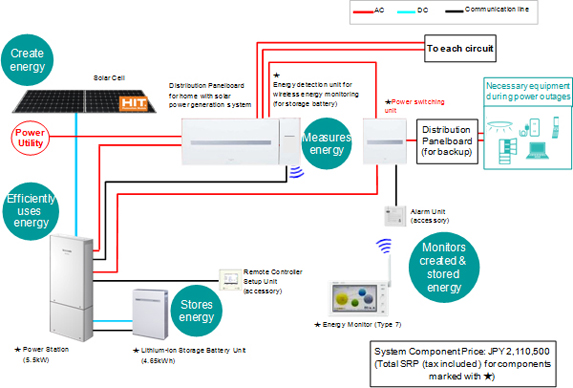
[Features]
(1)Provides solar energy available during blackouts while storing the surplus energy in the storage battery for use at night
![]()
The Power Station as part of the "Energy Creation-storage Linked System for Home" integrates the power conditioners of the solar cells and the storage battery, making the surplus solar energy available for charging the storage battery during power outages as well as in normal circumstances.
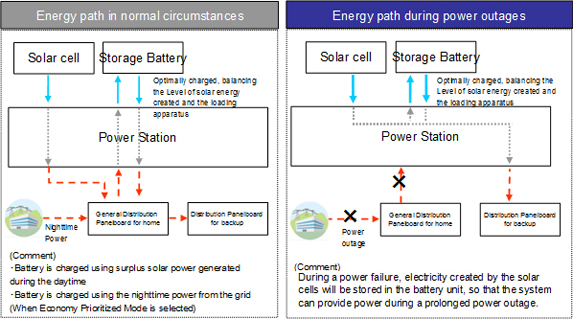
![]()
The solar cells and the storage battery unit collaborate during the daytime to secure stable supply of sufficient energy for domestic use. The surplus energy is used to charge the battery. The energy from the storage battery is supplied during the nighttime.
<Example of operation>

![]()
The energy generated by the solar cells can be stored efficiently in the Lithium-ion Storage Battery Unit, making it useful in blackouts spanning several days.
<Recharging pattern (example)>

![]()
<Usage example>
*3:180W for a fridge for 8 hours, 50W for LED lighting fixtures for 4 hours, 100V for a TV set for 3 hours and 100W for communication devices for 1 hour = 2040Wh/day Note) Power consumption varies by equipment and model. |
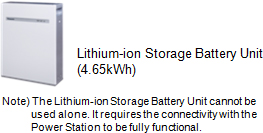 |
(2)Makes pre-connected equipment available during blackouts without re-plugging them
The Energy Creation-storage Linked System for Home enables the use of necessary equipment even during power outages without the hassle of re-plugging them, by preparing proper circuits at the design stage of homebuilding.
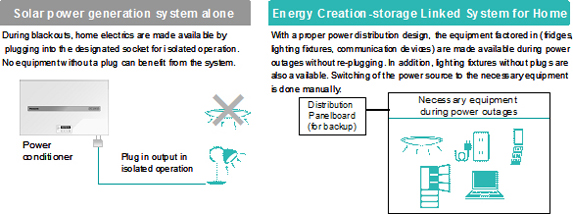
(3)Uses electricity from the solar cells and the storage battery in normal circumstances, contributing to reducing peak demand for utility supply
In normal circumstances, the user can choose from three options of 'Economy Prioritized Mode", "Environment Prioritized Mode" and "Energy Storage Prioritized Mode" to match their lifestyle or preference.
![]()
- The user can reasonably reduce peak power demand by making use of the nighttime power supply from the grid without compromising the amenity.
- The user can also enjoy economic advantage of charging the battery using low-cost nighttime power supply and discharging during peak hours. It makes reduction level of energy purchase.
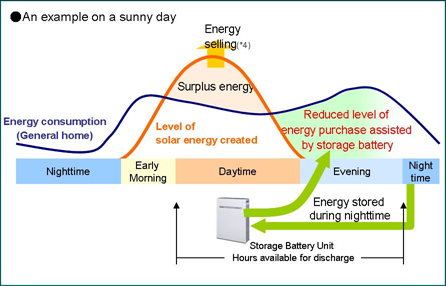
*4: The battery does not discharge any energy while selling the surplus solar energy.
![]()
The solar energy created during the daytime is stored in the storage battery to enable the use of clean energy during the nighttime as well.
This mode offers the maximized use of clean energy.
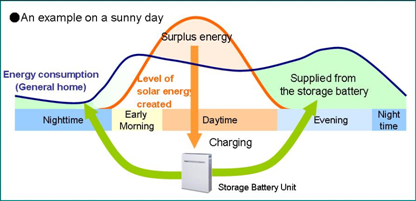
![]()
This mode keeps the storage battery fully charged just in case for power outages and natural disasters.
(4)Energy usage can be monitored on the screen of Viera, smartphone, etc.
In addition to standard Wireless Energy Monitor (Type 7), a Monitoring Adapter is added to the lineup to enable monitoring on the screen of Viera (digital TV set), smartphone and other devices.
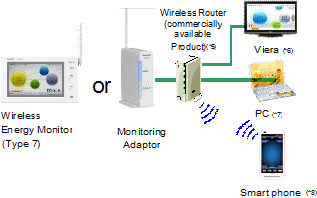 |
Note) Wireless Energy Monitor (Type 7) (SRP: JPY 91,350 (tax included) and the Monitoring Adapter (SRP: JPY 47,250 (tax included) cannot be used concurrently. *5: A wireless router (commercially available) is required for connectivity with a Portable Viera (SV-ME5000) or a smart phone. *6: Only Viera sold in 2009 or after (except for some models) and portable Viera (SV-ME5000) are supported. *7: Microsoft Internet Exploer8.0 or higher (Available for download from the Microsoft web page) *8: Android 2.2 or higher with the standard browser; iOS4.0 or higher |
(5)The 'eco education' function built into the monitor is useful for kid's education
In addition to 'eco education' function useful for environmental education by visualizing the energy status, the 'photo frame" function which displays a picture of user's choice on the top screen is offered to add fun to energy-conservation efforts.
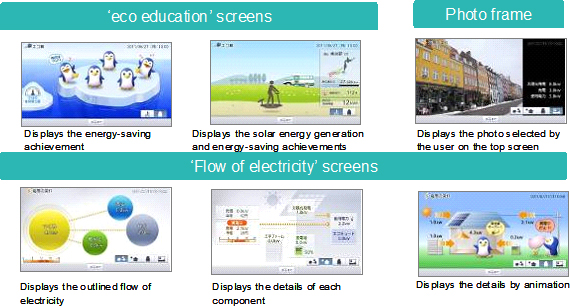
[Reference]
Hardware Specifications
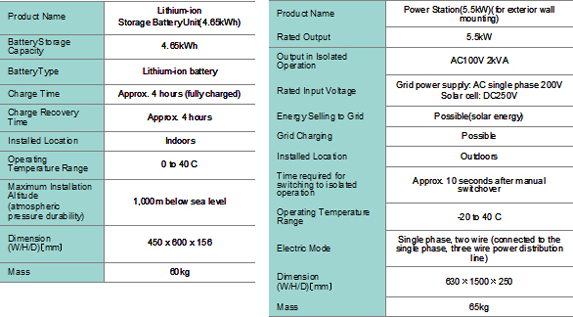
Note) An approval negotiation with the power utility will be required for adoption of this system.
Note) 'Panasonic Solar energy Generation System for Homes' is the only solar energy generation system connectable to this system.
About Panasonic
Panasonic Corporation is a worldwide leader in the development and manufacture of electronic products for a wide range of consumer, business, and industrial needs. Based in Osaka, Japan, the company recorded consolidated net sales of 8.69 trillion yen (US$105 billion) for the year ended March 31, 2011. The company's shares are listed on the Tokyo, Osaka, Nagoya and New York (NYSE:PC) stock exchanges. For more information on the company and the Panasonic brand, visit the company's website at http://panasonic.net/
Media Contacts:
- Global Public Relations Office
- Panasonic Corporation
- Tel: 03-6403-3040 Fax: 03-3436-6766
- Panasonic News Bureau
- Tel: 03-3542-6205 Fax: 03-3542-9018
Banner area begins from here.
The content in this website is accurate at the time of publication but may be subject to change without notice.
Please note therefore that these documents may not always contain the most up-to-date information.
Please note that German, French and Chinese versions are machine translations, so the quality and accuracy may vary.


